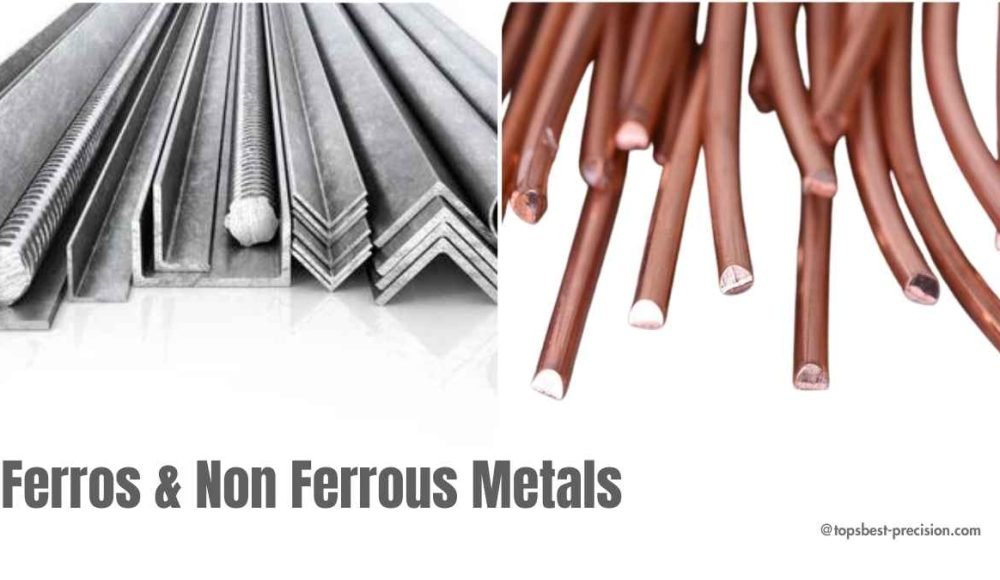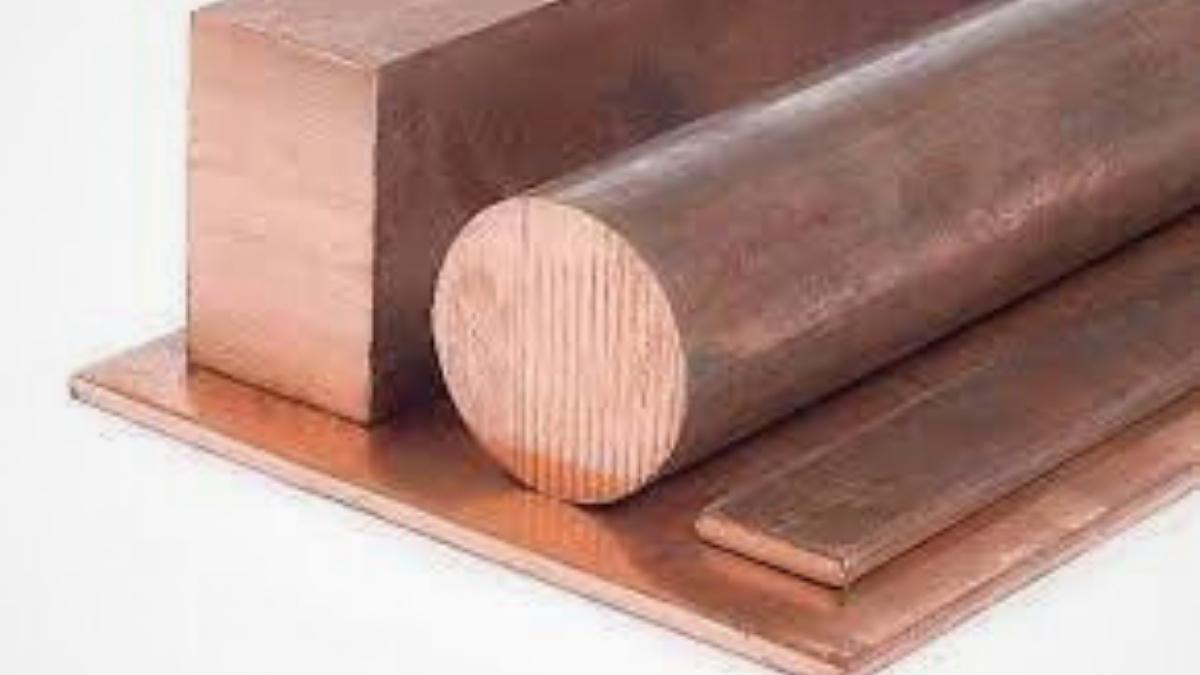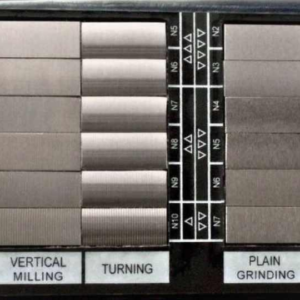São ferrosos, e metais não ferrosos distintos? Bem, a resposta é não. Ferroso contém ferro. Inversamente, não ferrosos não. Metais ferrosos são comparativamente mais rígidos do que metais não ferrosos. Geralmente, Eles são empregados em construção e máquinas pesadas. Oposto, metais não ferrosos são sem peso, E seja facilmente corroído. Além disso, Estes não são magnéticos, Tão menos favorável ao uso industrial. Vamos descobrir alguns aspectos principais que separam esses metais.
O que é um metal ferroso?
Metais ferrosos contêm principalmente ferro. Eles são normalmente reconhecidos por alta resistência à tração. Devido à resistência excepcional, estes são empregados na construção, enorme tubo funciona, e embarcações industriais. As propriedades pretendidas implicam que os metais ferrosos são projetados para uma vida média relativamente longa.
O nome Ferrous é derivado da palavra latina Ferrum. Esses materiais são muito apreciados por sua resistência e força de corrosão. Eles são resistentes a temperaturas altas ou baixas. Então, são altamente benéficos para exploração em eletrônicos, e edifícios de construção. No entanto, Eles podem ser facilmente propensos a corrosão. Então, a formação de um óxido(camada passiva) na superfície é vulnerável se exposto a umidade ou oxigênio.
O que é metal não ferroso?
Metais não ferrosos(Sem ferro), ajudar a produzir produtos mais leves e mais dúcteis. Eles podem ser recomendados para uso onde a leveza é uma consideração crítica e a força é necessária. Por exemplo, A indústria aeroespacial usa esses metais em construção para eficiência e construção leve.
Devido às suas propriedades únicas, Eles são usados extensivamente em aplicações que requerem baixa densidade, Alto elétrico e térmico, e resistência à corrosão.
Metais ferrosos vs.non não ferrosos: Propriedades principais
A tabela abaixo fornece distinções entre metais ferrosos e não ferrosos. Inclui sua resistência ao desgaste, dureza, ductilidade, e usos em diferentes setores da economia.
| Propriedade | Ferroso | Não-ferroso |
| Durabilidade | Forte e duradouro; Perfeito para construção e ferramentas. | Altamente resistente ao desgaste; Ótimo para várias aplicações. |
| Força | Extremamente forte; Ideal para máquinas pesadas e trilhos de ferrovia. | Forte, mas leve; Excelente para componentes de precisão. |
| Maleabilidade | Facilmente moldado; O aço combina ferro e carbono para versatilidade. | Leve e moldável; comumente usado no aeroespacial. |
| Magnetismo | Geralmente magnético, que pode limitar alguns aplicativos. | Principalmente não magnético; preferido em eletrônicos e fiação. |
| Resistência à corrosão | Suscetível a ferrugem sem revestimentos de proteção; requer manutenção. | Naturalmente resistente à corrosão; Ótimo para usos ao ar livre e de encanamento. |
| Exemplos comuns | - Aço suave
- Aço carbono - Aço inoxidável - Ferro fundido - Ferro forjado |
- Cobre
- Alumínio - Liderar - Prata - Latão - Ouro |
| Custo e disponibilidade | Amplamente disponível e geralmente mais acessível. | Menos comum e tipicamente mais caro; frequentemente classificado como precioso. |
Metais ferrosos: Exemplos -chave e seus recursos
Metais ferrosos têm uma grande variedade de especificações. Aqui estão metais ferrosos comuns com uso pretendido:
Aços não ligados
A maior categoria de aço é não -liga ou aço carbono. Estes são criados em componentes de ferro e carbono. No entanto, aço não-liga contém compostos como enxofre, fósforo, silicone, e manganês, mas suas concentrações são comparativamente baixas. Eles não afetam as propriedades do material. Tais aços estruturais incluem S235 e S355. Alguns exemplos comuns são aços de baixo carbono, Aços de médio carbono, e aços de alto carbono.
Aço de baixo carbono
Aços de baixo carbono têm 0.05% – 0.25% teor de carbono. Eles são relativamente baratos e facilmente formas. Eles são adequados para uso em um ambiente de fabricação. Esses aços são aplicados em parafusos, nozes, e diferentes peças com carga média. Alguns exemplos incluem C10E (1.1121) e C15E (1.1141).
Aço Médio Carbono
Esses aços contêm um carbono % entre 0.25 – 0.6%. O carbono suplementar melhora a combinação de força e dureza no aço. Esses aços são ideais para peças automotivas, como engrenagens, eixos, e eixos. Os exemplos desses compostos são C40E (1.1186) e C60E (1.1221).
Aço de alto carbono
Aços de alto carbono têm um teor de carbono entre 0.6 % para 1.0%. Estes são os mais fortes de todos os materiais ferrosos. Eles são exemplares onde o desgaste é uma preocupação típica, como; em ferramentas e molas. Sua soldabilidade e ductilidade são menores que aço de baixo carbono. Alguns exemplos incluem C70U (1.1520) e C105U (1.1545).
Aços e elementos de liga
Simplificado, Aços de liga contêm outros ingredientes, como o cromo, níquel, silício, e titânio, entre outros, para melhorar algumas características. Esses elementos têm um efeito considerável nas propriedades mecânicas.
- Cromo: O cromo melhora as propriedades de corrosão da SS. Adicionalmente, levanta sua dureza e força de tração.
- Manganês: O manganês melhora a capacidade da SS de ser formada em folhas finas. Além disso, Ele confere força e extinção de aço inoxidável.
- Níquel: Níquel aumenta a resistência e a resistência à corrosão do aço inoxidável
- Silício: Material aumentado com elasticidade aprimorada, especialmente no caso de molas.
- Titânio: Fortalece e restringe o tamanho do grão para aumentar o desempenho da corrosão.
- Molibdênio: Melhora as características mecânicas e a resistência à corrosão em altas temperaturas.
Ferro fundido
Liga de ferro fundido, geralmente tem 1.5-4% de teor de carbono. Também, Ele contém Si, mg, enxofre, e fósforo. Devido à sua composição peculiar, Seu uso é comum na produção de blocos de motor e utensílios de cozinha.
Visão geral dos exemplos não ferrosos
Vamos informar alguns dos metais não ferrosos comuns e suas características.
Cobre
Cobre é usado na fabricação de telhados, fiação elétrica, e tubos de água. Possui uma capacidade de condutividade térmica de até 400W/M.K e uma condutividade elétrica de quase 59.6 Ms/m. Cobre é facilmente deformável. Além disso, pode ser esticado 40% Para obter a forma desejada. Sua força de tração varia entre 210 e 600 MPa.
Alumínio
Alumínio é um metal sem peso. Tem uma densidade de cerca de 2.7 g/cm³. Empregado principalmente em aeronaves, componentes automotivos, e embalagem. O alumínio tem um ponto de fusão de 660 ° C. Ai tem diferentes forças de tração, dependendo do tipo de liga. Tipicamente, varia de 90 para 700 MPA, o que o torna flexível, e durável para uso.
Liderar (Pb)
É um macio, metal facilmente deformável. Adotado principalmente para fazer baterias e proteger contra radiação e tubos. O chumbo tem um ponto de fusão baixo de 327,5 ° C e é muito imune a muitos ácidos. Os valores de força de tração do chumbo variam de 12 a 17mpa.
Zinco
Foi usado no processo de molho de mergulho e na fundição de matriz com aço. Tem um ponto de fusão de 419,5 ° C. Além disso, O zinco oferece revestimentos anticorrosivos adequados. Força de tração de zinco de cerca de 100 – 150 MPA o torna ideal e mais adequado para uso em revestimentos de proteção.
Estanho
É maleável e geralmente usado para sobrepor aço e fazer bronze. TIN é relativamente fácil de trabalhar com. Seu ponto de fusão é 231.9 graus Celsius. Estanho tem uma resistência à tração baixa de 10-40 MPa. Idealmente, O estanho é empregado para aplicações que exigem flexibilidade.
Aplicações de metais ferrosos e metais não ferrosos
Embora metais ferrosos não possam ser polidos. Eles são vitais na produção de nozes, parafusos, e contêineres de remessa. Avançar, Esses metais são amplamente utilizados na fabricação de trilhos e peças de trem além, usado na produção de peças automotivas.
A resistência à corrosão é a principal razão pela qual os metais não ferrosos geralmente são favorecidos. Eles são usados principalmente em projetos de arquitetura e design, Onde a estética do produto é importante. Alguns exemplos comuns incluem elevadores, Indústrias Aeroespaciais, e eletrônicos porque são leves e poderosos. Através de tais usos, As indústrias podem determinar o metal certo para usar no aplicativo certo para tornar o metal eficiente e com desempenho.
Considerações Finais
Ferro/ferroso e não ferro/não-ferroso são usados em diferentes capacidades em ambientes industriais. A categoria de metal de Ferro inclui recursos de ferro, força elevada, e resistência ao desgaste. Então, Encontra principalmente o uso extensivo na construção, automotivo, e indústrias manufatureiras. Apesar disso, Eles são propensos a ferrugem e corrosão. Não ferroso, por outro lado, contém ferro mínimo ou sem ferro. Eles são altamente resistentes à corrosão e sem peso. Esses metais são amplamente utilizados na indústria aeroespacial, eletrônicos, e arquitetura. Porque esses setores exigem força e beleza. Por isso, É essencial entender as diferenças, que existem entre os diferentes tipos de metal para chegar à solução mais ideal para uma determinada tarefa.
Perguntas frequentes
1º trimestre. Mencione alguns exemplos de metais não ferrosos.
Os exemplos principais são de alumínio, cobre, liderar, e zinco. Eles são apreciados devido ao seu leve peso, alta capacidade de resistir à corrosão, e natureza altamente condutora.
2º trimestre. Como é ferroso, e metais não ferrosos diferem?
A principal diferença está no seu teor de ferro. Não -ferroso significa nenhum ferro, enquanto ferrosos tem ferro consistente. Isso afeta outros recursos, como a capacidade de corrosão que define seu uso em determinadas áreas de aplicação.
3º trimestre. Como esses metais influenciam os processos de reciclagem?
Os metais ferrosos são geralmente magnéticos. Esta propriedade facilita classificá -los durante a reciclagem. Metais não ferrosos, no entanto, não tem essa qualidade magnética. Como resultado, Eles exigem técnicas diferentes para coleta e processamento.
4º trimestre. É aço inoxidável ferroso ou não -ferroso?
Sim, aço inoxidável é um metal ferroso. Tipicamente, é feito de 50% para 70% ferro, Dependendo da nota específica. O restante inclui elementos de níquel e cromo.





